Breakfast in the Hôtel de Verdun was served by the grumpy chap's wife. She was large, artificially bright, patronisingly cheerful and clearly obsessed by cats. The yard in the hotel was full of the animals and she called each of them by name, taking them in turn in her arms and muttering all sorts of nonsense to them in baby-talk or scolding them gently. The dining-room was full of cat-decorations, paintings, knick-knacks, ornaments - all on the feline theme.

- The Hôtel de Verdun, Nevers
She delivered my coffee and the bread to my table with saccharine-sweet encouragement to enjoy the fare. I finished the first coffee rapidly and requested another. After a moment's hesitation and a glance towards Mr Lawless, the grumpy individual sitting behind his counter, she said "bien sûr Monsieur" and duly delivered it along with another glib tirade of cloying wishes. Unfortunately, having sampled it, I failed to return my cup to the cat-decorated table mat in front of me. This brought a sharp rebuke from the eagle-eyed lady who took the cup herself and deposited it on the grinning moggie with an admonition that it wouldn't do to burn a hole in the table-cloth (a revolting item in orange plastic). The luke-warm cup wouldn't have burnt anything at all, it wouldn't even have melted an ice-cube. But that, I felt, was not the point: the point was that I had failed to show due respect towards the large ginger mammal adorning the fire-proof rectangle on the table in front of me.
As I went to check out, I caught the tail-end of a venomous exchange between Mr and Mrs Lawless that was turned off like a tap at my appearance. Clearly a devoted and happy couple.
I'd been looking forward to the ride from Nevers to Sancerre since it promised to get me definitively off the roads and onto the quieter cycle-trails. The Loire à Vélo route begins here, at least it begins some way to the west of Nevers on the other side of the Loire. I picked my way towards it through the suburbs of Nevers, narrowly missing being mown down at one intersection by a learner driver, whose instructor stuck his head out of the window and yelled abuse, even though his charge was to blame for emerging from a side road without so much as a glance in my direction.
I crossed the river at Fourchambault and immediately saw the cycle track running north along the levée.
These levées are artificial banks raised on either side of the river to prevent it overflowing and flooding the surrounding land.
The first levées were constructed out of wood and earth and date from the twelfth century. It was Colbert, however, who had the idea of a major construction project to control the Loire and had much more solid banks constructed around the end of the sixteenth and the beginning of the seventeenth centuries. The floods in the middle of the nineteenth century showed that even the levées couldn't control the Loire and it wasn't until the twentieth century that this problem was finally cracked. These levées now serve little purpose apart from providing a ready-made route for the Loire à Vélo cycle trail and access to the river banks.
As I embarked on this path with a sense of satisfaction at leaving the roads, the sky began to get black and the sun rapidly disappeared behind a bank of threatening storm-clouds.
Half an hour later, huge squishy drops were falling on my head. I then realised that the cycle-tracks on the exposedlevées might have a few disadvantages. There was absolutely no shelter at all. No trees grew on these structures and getting off them was only possible at precise and widely-spaced intervals where access roads led up a ramp to the path. The result was that I was soaked in no time, even before I had time to put my rain gear on. But the temperature remained high, so I simply carried on, rivulets of tepid water running down my neck.
[
View Nevers to Sancerre in a larger map]
I didn't stop until I reached La Charité sur Loire, where I had planned to stock up on provisions for lunch. This decision, however, brought me back into the path of the juggernauts. The bridge from the island across the Loire at La Charité is narrow, with narrow pavements and wicked stone parapets; and despite dating from 1520 it's used by ridiculous numbers of heavy goods vehicles. I had to wait until I reckoned the coast was clear before dashing across the bridge at high speed. Even then, I was met by a vast articulated monster on my side of the road as I approached the other end.
I wandered around the town for half an hour until the rain stopped. I seized this opportunity to sit down at a café terrace for a hot drink. I didn't fancy squelching into the interior leaving puddles of water behind me. As I was parking the bike against a railing, the wretched thing toppled over and shattered the mounting for my handlebar-bag - a very useful piece of kit that contained all sorts of things needed on route, including my lunch. The result was that I had to throw the bag away and distribute its contents among my other bags. Most of it went into the light ruck-sack on my back. I never intended this to contain anything heavy and having stuffed it to capacity with all manner of things including spare tyres and food, the weight on my spine and rear end was considerable.
La Charité-sur-Loire looked dismal in the continuing gloom. The city owes its name to the generosity of monks in the distant past, but it achieved its eminence as a result of the foundation of another Cluniac priory there. The church of Notre Dame is the largest in Europe after Cluny Abbey. The priory was extremely influential and exercised influence as far afield as England and Constantinople. The town converted en masse to Protestantism in the first decades of the sixteenth century and had a majority Protestant population by the beginning of the Wars of Religion. When the news of the Saint-Barthélemy massacre was received, it was promptly repeated here shortly after its Paris counterpart.
I was struck by the strange arrangement that is visible through the main door of the church: it looks as if houses have been erected in the nave of the church. This is doubtless explained by the fact that the nave - originally ten spans long - was destroyed by fire in 1559 and only four of the spans were rebuilt, leaving a lot of empty space.
Once inside the nave one gets an impression both of the original vast size of the church and of its much reduced present scale.
This is the street, complete with parked cars, that now runs along the former nave.
And below is the street in which disaster struck my luggage-arrangements.
After La Charité and back on the cycle-track along the levée the weather began to perk up and I was able to have a latish lunch out in the open.
[
View Nevers to Sancerre in a larger map]
It was after this stop that I began to feel the pain in the backside that became a problem from then on. Piles, bicycles seats, heavy back packs and pedalling relentlessly definitely don't go together.
After lunch the remaining ride to the vicinity of Sancerre was relatively easy. The town became visible a very long time before I reached it. It seemed to get no nearer for over half an hour. Then suddenly it was there challenging me to ride to the top.
I left the cycle-track at Saint-Satur and started up the hill.
The ascent started off easily enough and even presented a few gentle descents just to lull the unwary cyclist into a feeling that it may not be that bad after all. Then the incline started in earnest and carried on... and on... and on. I arrived at the roundabout at the base of the town and had to get off my machine. But not feeling like being beaten, I got on again and finished the job, arriving with screaming muscles just across the street from the Hôtel du Rempart, my destination for the evening. I carried on past the hotel and got to the very top of the town. There I had a celebratory beer at a café calledl'Esplanade, served by a fat bloke who exuded contempt and loathing for everyone, me included. Then I coasted back down to the hotel.
I booked in to the Hôtel du Rempart and made straight for the shower, all a-tremble with eager anticipation. I turned on the taps and waited for the hot water to come through - always a bit of a wait in rambling hotels. I waited... and waited... and the water remained resolutely icy. Disappointment's tooth is sharp. I didn't have the strength to complain but showered in cold water and then flaked out on yet another saggy bed.
Around seven-thirty I sallied forth to find a place to eat. Sancerre is a pleasant enough little place, but it was utterly deserted. The evening was fine, the sky had cleared and the sun was shining, but there was not a soul to be seen.
A cat sidled across the street, a canary whistled and an argument broke out in an upstairs room. But still no-one was visible. I walked into the church and there I came upon a human being. It was the verger who blocked my way and pointed out that he was about to lock up. I asked his advice about local restaurants and he told me that there really was only one worth bothering with, Le Restaurant de la Tour, but it was very expensive. His wife appeared from the gloom and told me to avoid the new one that had just opened across the road at all costs. She pulled a face and wagged her finger from side to side, "C'est pas bon, Monsieur." She had a face that looked as if it was nourished on raw onions and vinegar. I thanked them and left.
I poked around for a while, consulting the menus in the windows of various establishments, but dared not enter any of them since they were all completely empty.
I looked around the Maison de Jacques Coeur, the oldest house in town. Not surprisingly, it was looking its age, though itsfenêtres à meneaux were being tastefully restored. It had already been there for over a hundred years when the famous siege of Sancerre took place in 1573. This was during the Wars of Religion and was mounted because the town had refused to stop the Protestants preaching. An army of 7000 men besieged the place, sending 6000 cannon balls into it. 500 souls perished from hunger. They were eating their shoes, crushed roof-slates and no doubt each other. The siege lasted 220 days and when the town capitulated its walls were torn down, the bell of its church was confiscated and a fine of 40000 livres was imposed. When this failed to cow the population, who dumped the military governor down the well, the château was demolished.
Reflecting on the ferocity of royal power, Iwondered briefly about eating at the hotel restaurant with its view of the vines.
I ended up having dinner in a cellar restaurant down a side alley running next to the posh Restaurant de la Tour. It was a perfectly decent meal and the jug of Sancerre was just what was required.
The water in the hotel was still cold when I got back to my room, but there were people complaining at the reception desk. Half an hour later, the water was tolerably warm and after a real shower I went to bed.
It was 9.30 and still light.

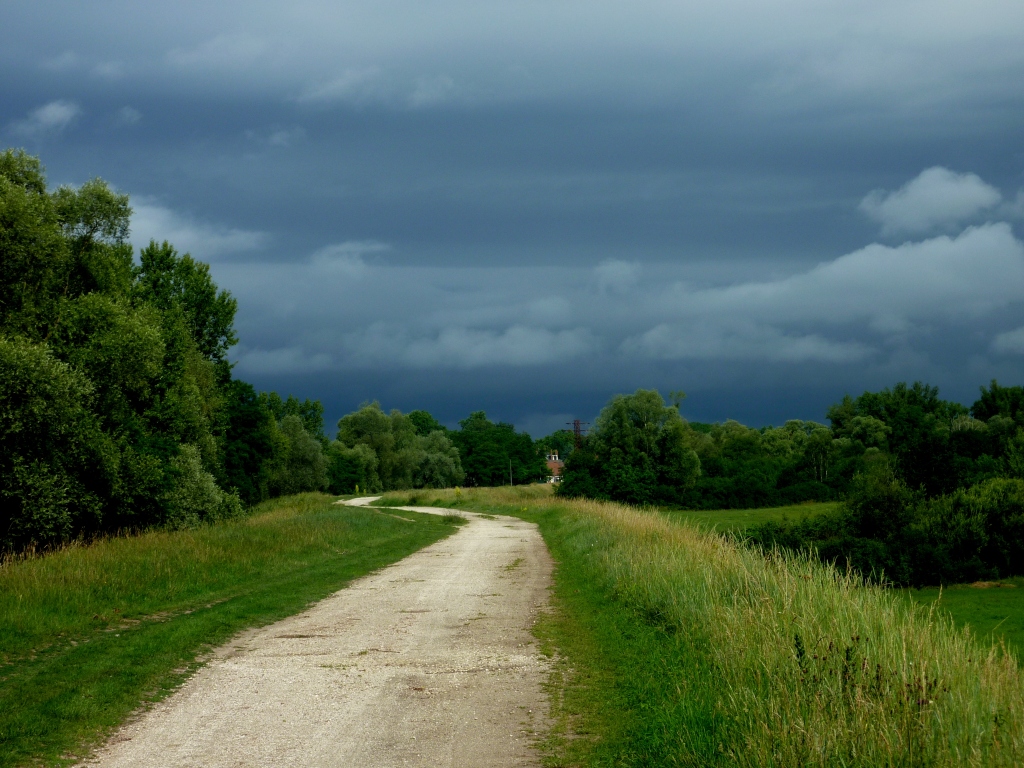

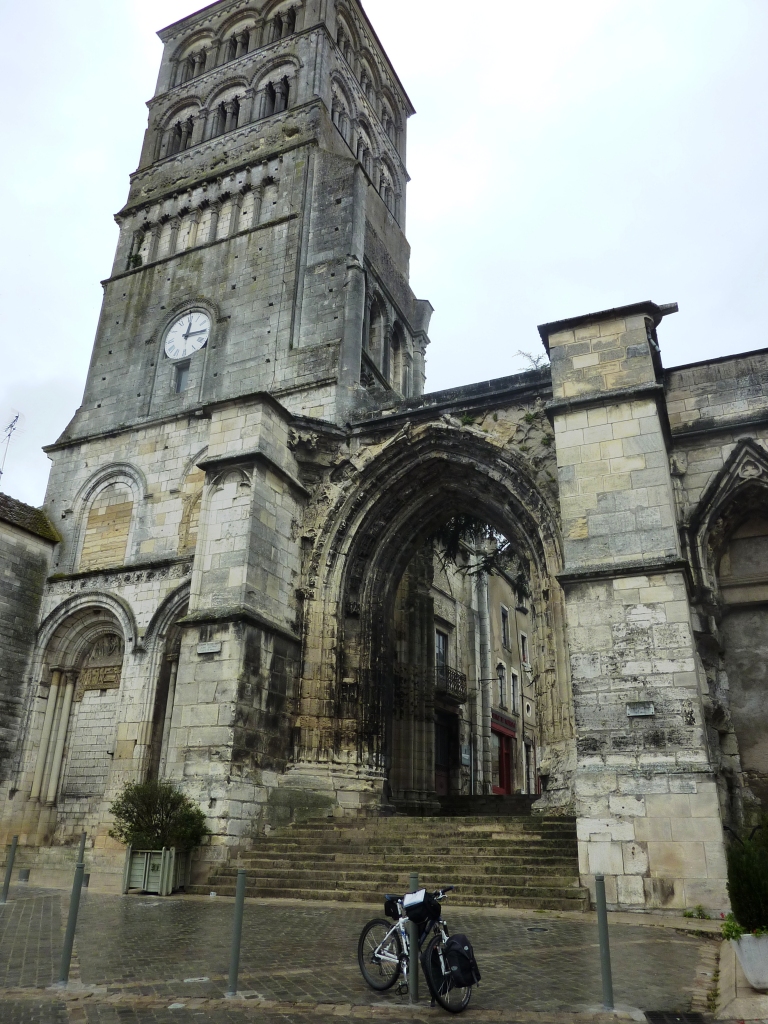
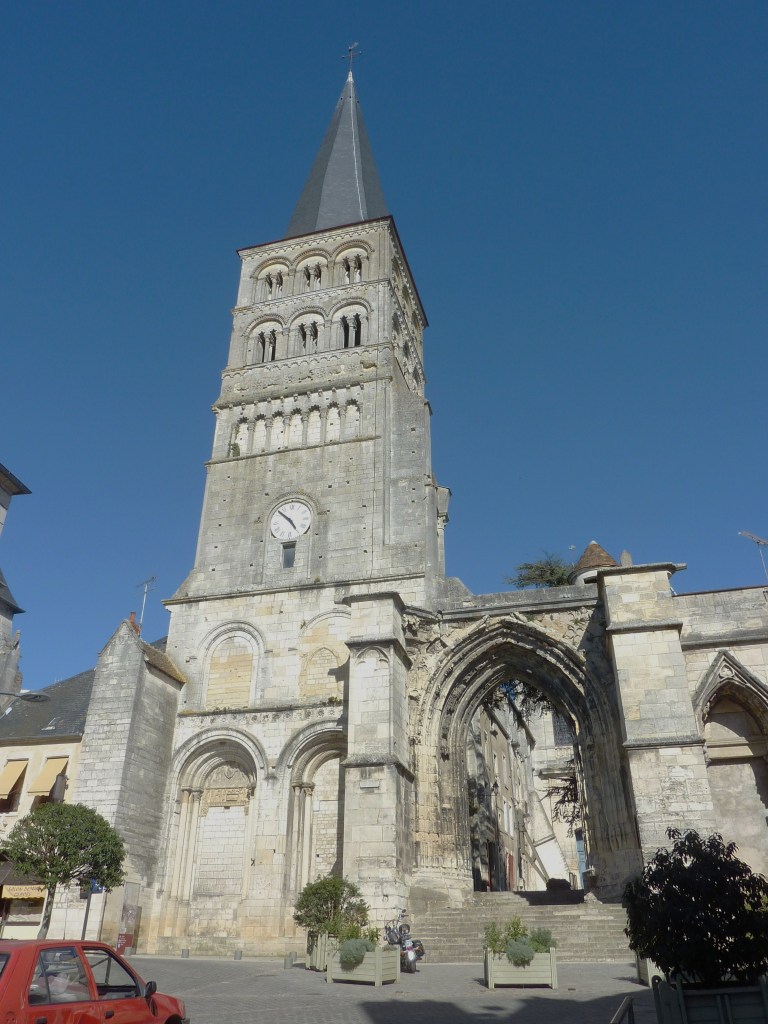
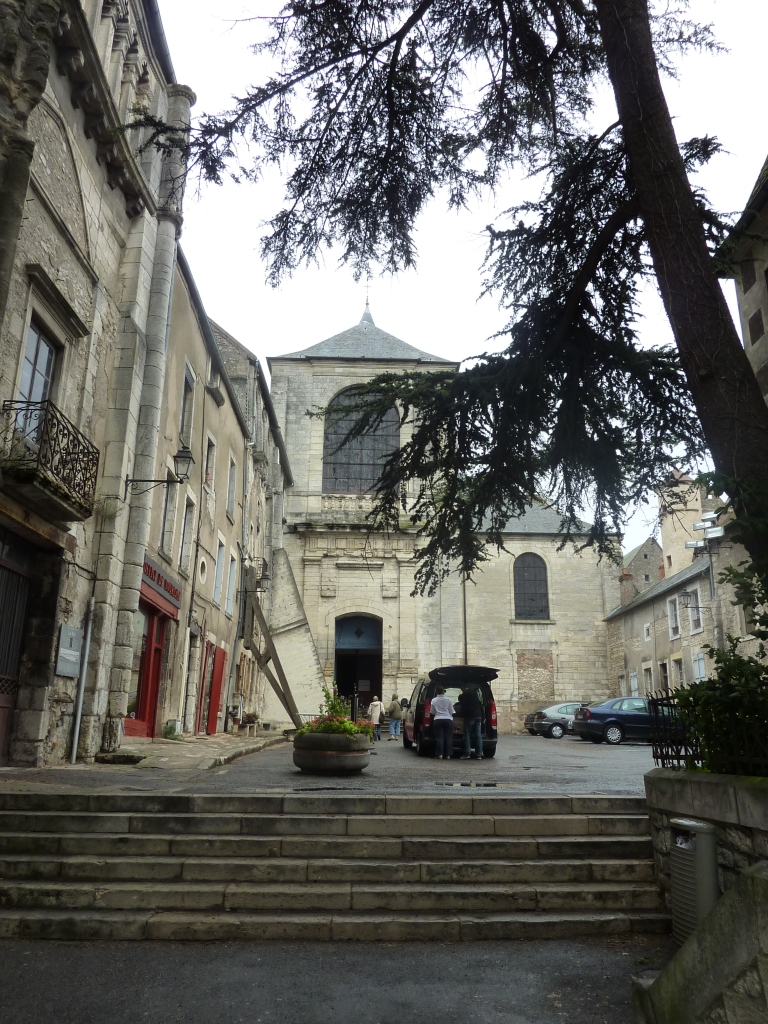

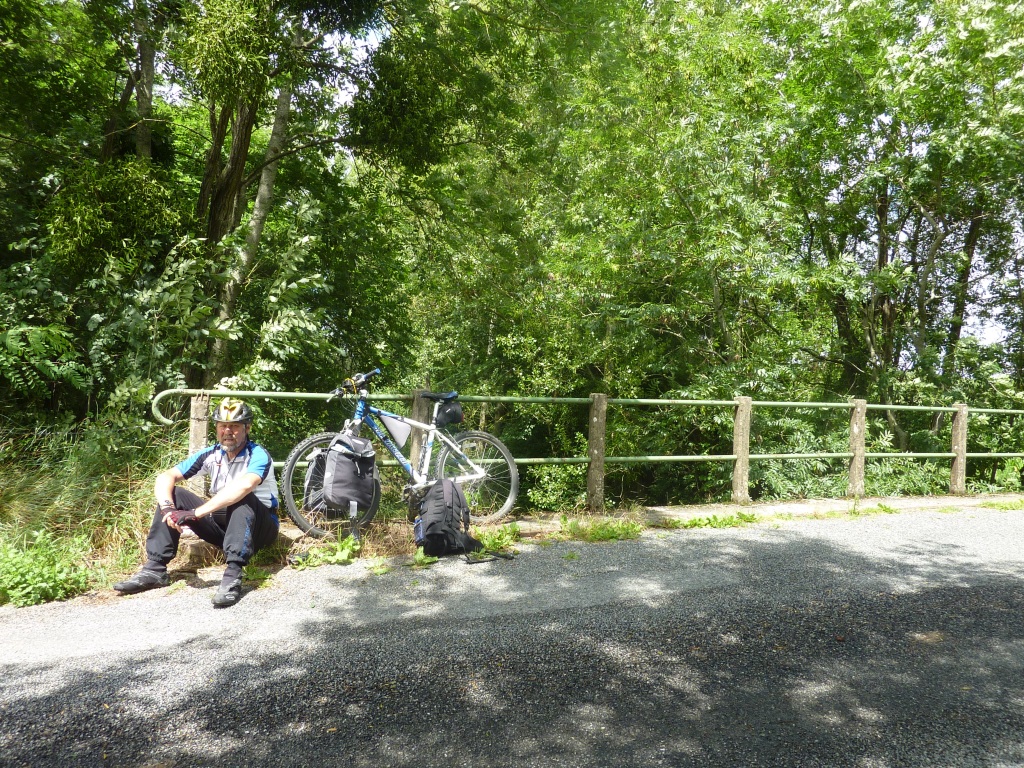




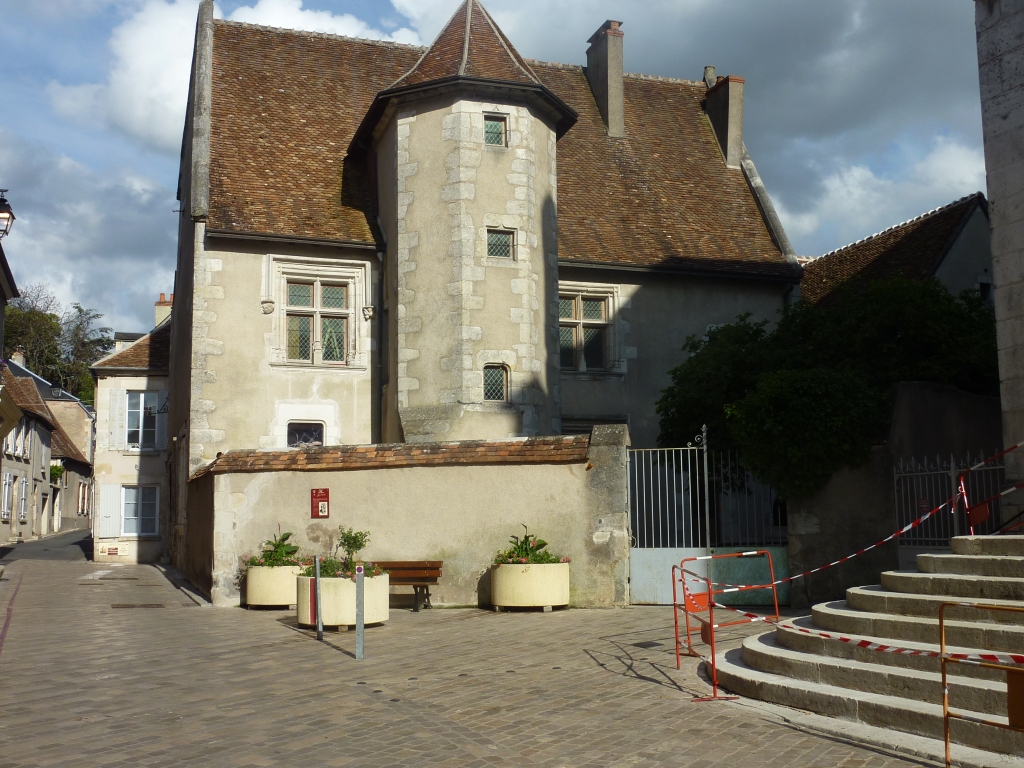


No comments:
Post a Comment